About the Museum
A living memorial to the Holocaust, the United States Holocaust Memorial Museum inspires citizens and leaders worldwide to confront hatred, prevent genocide, and promote human dignity. Its far-reaching educational programs and global impact are made possible by generous donors. Read the latest Museum press releases, access press kits, and more below.
Read the latest statements and press releases from the Museum.
Learn about our visitors, collections, programs, exhibitions, scholarship, and genocide prevention work.
Secure permission through the Communications Department prior to your arrival.
Find out more about the Museum and its exhibitions.
Press Contacts
Raymund Flandez Senior Communications Officer 202.314.1772 rflandez@ushmm.org
Andrew Hollinger Director, Communications 202.437.1221 ahollinger@ushmm.org
Advertising
Kristy Buechner Communications Specialist 202.314.1754 kbuechner@ushmm.org To be added to our media list, please contact Kristy Buechner via email.
